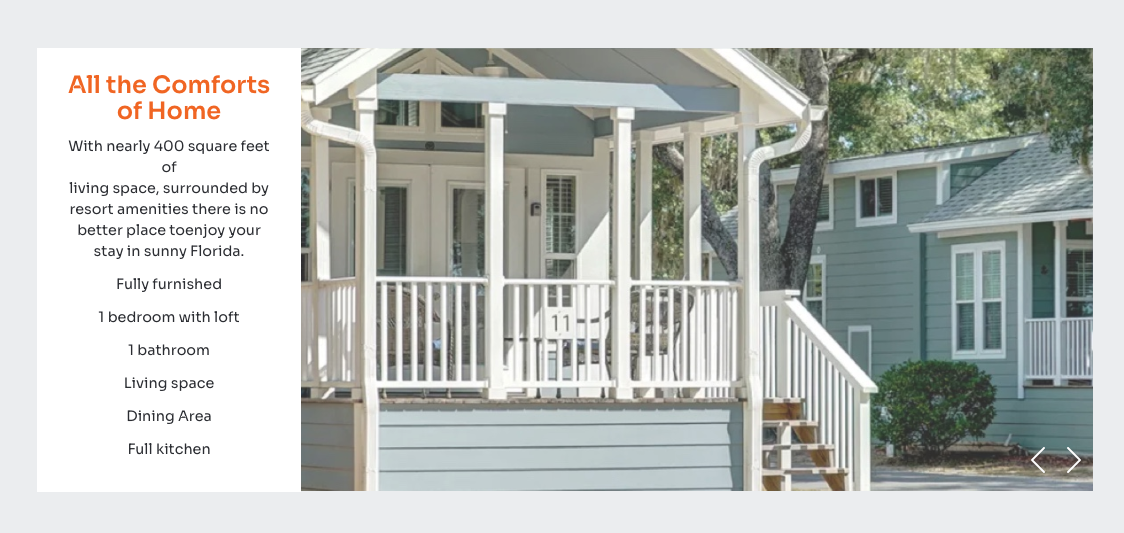The Local’s organizing successes continued into the 1960s when union officials reached out to represent members on the manufacturing side of the automotive industry. Tire re-treaders, break shoemakers, and engine re-builders all found themselves working under the Teamster banner. The decade also saw the first establishment of the Teamster health and welfare plan that, at the time, only provided medical benefits for members and their families.
In the early 60s, Ullman became President of Local 495. During his tenure, he built a foundation cementing key contracts. He was the architect of the Hertz Western Master Garage Agreement, the Southern California and Southern Nevada Ryder Truck Master Agreement, and the draftsman of the Hertz Western Truck Rental Agreement covering mechanics and service personnel. This expertise led him to be the spokesman for anything with the automotive trades in the Western Conference and chief automotive negotiator for all Teamster locals in the western states.
Local 495 continued to expand its jurisdiction during the 60s adding employees in the car rental industry. The first to organize was Hertz, then Avis and National, which was followed by employees in the truck rental industry.
Dozens and dozens of industries were added in the 60s, including the Local organized distribution centers, battery plants and automotive parts warehouse facilities, and drivers and garage employees in the linen industry. And another Hatfield joined the ranks when Frank Hatfield, Jr. started working as a business agent in 1964.
The decade also saw the birth of dental, prescription, and vision plans for families. Naturally, the Teamsters were instrumental in this significant development. HMOs provided by Kaiser developed during the 60s, and it was an ideal match. If a member chose Kaiser, union nurses and medical personnel in those facilities were treating them.


